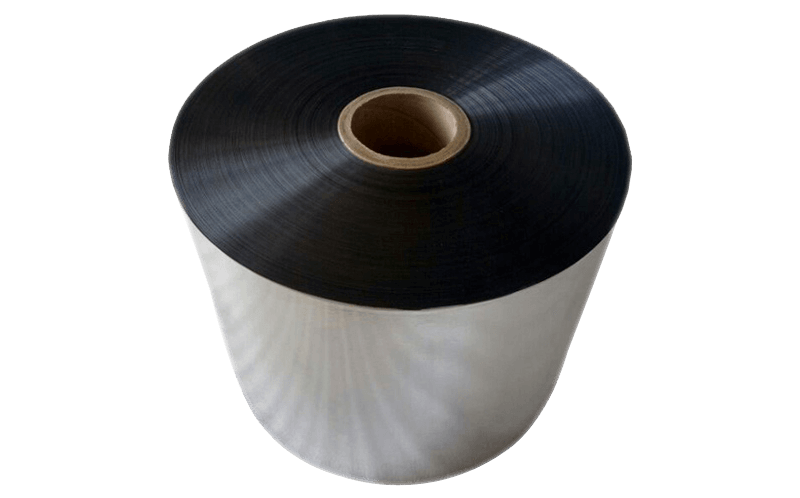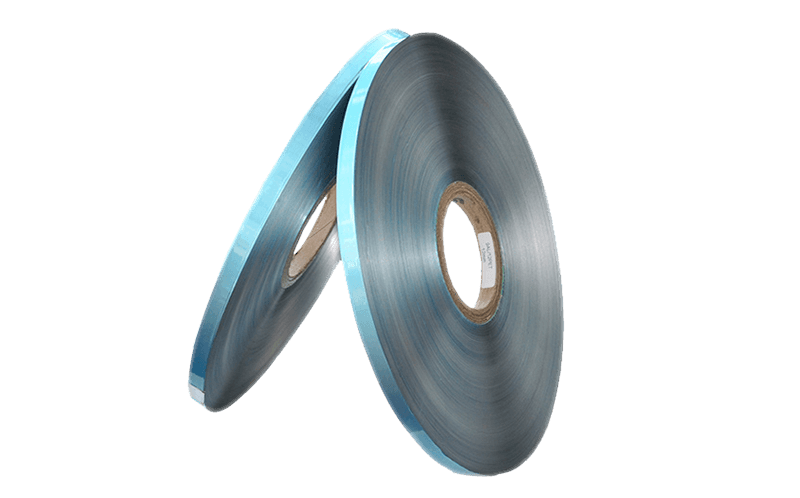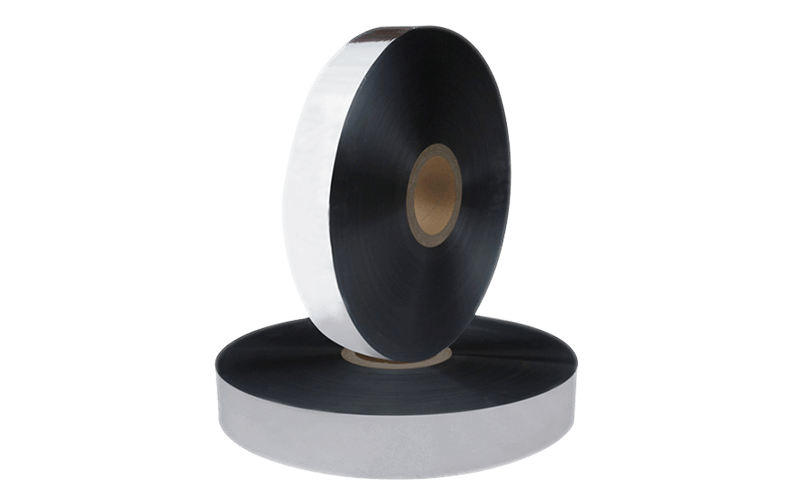We know that wires and cables are usually composed of s […]
We know that wires and cables are usually composed of several or several groups of wires, each group of at least two twisted together, similar to a rope. Each group of wires is insulated from each other and is often twisted around a center, and the entire outer bread has a highly insulating coating. Except for some special cables, the main components of wire and cable usually include conductor, insulation, filling and sheath. As the most important barrier to protect the safety of the internal structure of the cable, it protects the cable from mechanical damage during and after installation. Cable sheaths are not intended to replace the reinforced armor inside the cable, but they can provide a fairly high level of protection with limited means. In addition, the cable jacket also provides moisture, chemical, ultraviolet and ozone protection.
There are many types of cable sheaths, and the compatibility of the connector and the adaptability to the environment should be considered in the selection of the insulation material of the cable sheath. For example, extremely cold environments may require a cable sheath that can maintain flexibility at very low temperatures. The typical characteristics of some of the most common sheath types are listed below:
1. PVC polyvinyl chloride cable material
PVC cable material is made of polyvinyl chloride as the basic resin, adding stabilizers, plasticizers, calcium carbonate and other inorganic fillers, additives, lubricants and other additives, through mixing, kneading and extrusion to prepare particles.
Polyvinyl chloride can be formulated to be used in various environments and applications. It has low cost, good flexibility, quite strong, and has fire/oil-proof materials.
However, this material contains substances harmful to the environment and the human body, and there are many problems when applied to special environments. With the enhancement of people's environmental protection awareness and the improvement of material performance requirements, higher requirements are put forward for PVC materials.
2. PE polyvinyl chloride cable material
Due to its excellent electrical insulation properties and good processing properties, polyethylene is widely used as a coating material for wires and cables, and is mainly used in the insulation and sheath layers of wires and cables.
The linear molecular structure of polyethylene makes it very easy to deform at high temperatures. Therefore, in the application of PE in the wire and cable industry, the polyethylene is often cross-linked to make the polyethylene into a network structure, making it strong at high temperatures. Anti-deformation ability. Excellent electrical performance and extremely high insulation resistance. Polyethylene can be hard and very hard, but low-density PE (LDPE) is more flexible and has excellent moisture resistance. Properly formulated PE has excellent weather resistance.



